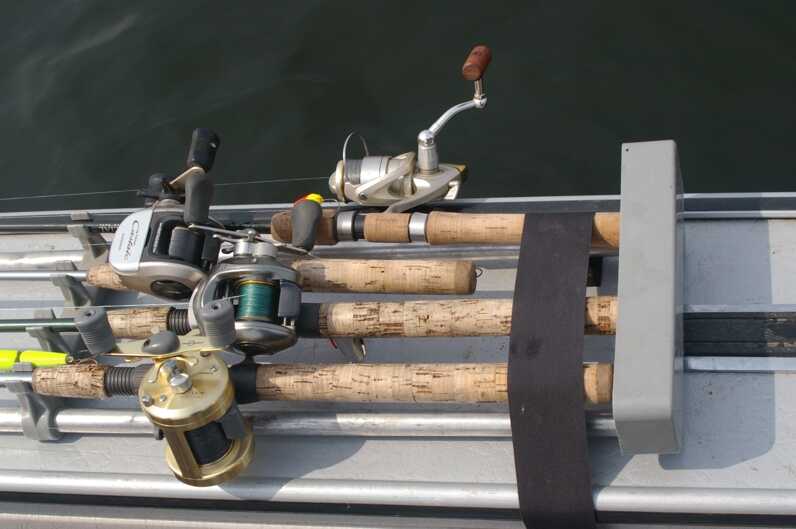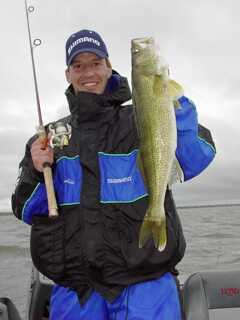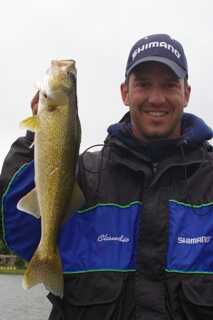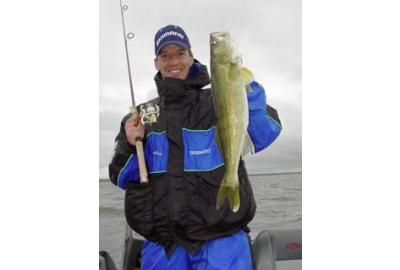Several years ago I was approached to do a seminar by Dave Johnston of the Fishin’ Hole for the Fishin’ Hole Outdoor Show and Sale they were organizing. We bounced several topic ideas off of each other over lunch. We decided at that time that a good seminar topic would be one tackling (pun intended) the many questions that both myself and his staff are asked time and again. We then needed a list of frequently asked questions. Dave was gracious enough to approach his staff and request questions they most often receive from their customers – yes that’s you. Naturally, his staff responded with a series of very relevant angling questions. As I received the list of questions, I was amazed at how many of these same questions were the one’s I’ve been answering for years at trade shows in my role as a Shimano Pro Staff, after tournaments, or on the dock after a successful day on the water. As I was going through some notes for this column, I came across the list of questions Dave handed me. I thought you might like to hear what I have to say on these FAQ’s.
Q) What strength (lb. Test) line should I be using to avoid losing fish?
Six to ten pound test should cover most of your needs. Use a high quality line – you really do get what you pay for. You work hard to get that fish on the other end of your line; why lose the fish due to inferior or old line? Many of you would argue with me “too heavy Claudio” while others will debate “that’s way too light”. I’ve boated some nice fish in tournaments on four pound test. Was I nervous? - you bet. Six pound test gives you that much more security without affecting presentation a whole lot. Eight pound test provides lots of pulling power . I find ten to be a bit on the heavy side for most fishing situations in Western Canada. Braided lines are thin, supple and strong with no memory. The thinner and lighter your line...the more naturally your bait or lure will be presented to fish. More natural presentations mean more hook ups.
Q) What type of reel would be best and what is the difference in reels?
Spinning (open faced) versus bait casting (level winds). When casting live bait, spinning reels can’t be beat. Front drags are much smoother than rear drags and will allow you the luxury of using lighter lines with fewer break offs. Bait casters, as their name implies, are ideal for casting. They are very effective and trouble free when trolling. Because the line rolls off the spool and is retrieved straight back in, there is no line twist if you should occasionally reel against the drag. Their one handed operation also makes them ideal for trolling as you can steer the boat and let line out at the same time.


Q) How do I decide what action and length I need in a rod?
Rod length and action depend on species and application. Your presentation will dictate your requirements. I tend to go with the shortest and stiffest rod I can get my hands on - put as much emphasis on stiffness as possible. Stiffer rods tend to be more sensitive than limp rods. If you want to jig for walleye, a six foot medium action rod that lets you feel an 1/8 ounce jig sliding off a rock in 25 feet of water should be sensitive enough. Trolling big crank baits or heavy (3 oz) bottom bouncers will require longer heavier rods - keep them stiff. I have a seven foot rod that I use bottom bouncing - which is shorter than what most use - because it is so sensitive. I call it my pool cue.


Q) Does the color of the lure make a difference and if so how do you decide when to use them?
I’m not big on color selection. I tend to stick with one or two colors. A properly presented lure in the wrong color is better than a poorly presented lure in the right color. Now, how do you determine right and wrong color? The one that catches fish is the right color. In a conversation with Al Lindner (yes thee Al Lindner – we had supper together in Kyle, Saskatchewan after a tournament) several years ago, he commented on “color giving an angler confidence”. If you are confident in a color, you will use that color and present it properly sooner or later. Ask ten different consistently successful anglers their favorite color and you’ll get ten different answers. Having said that, I have seen situations where color WILL make a difference - be prepared to miss out on occasion.
Q) Should I use a leader?
This depends on what you are after and how you are after them. Even when jigging for Pike I won’t use a leader - jigs are cheap and they will reduce hooks ups. If you’re pitching or trolling big dollar crank baits - you’d better use a leader. You won’t significantly decrease your chances with these lures by using a light wire leader and you will potentially save some big bucks.
Q) What is the best way to handle a fish you intend to release to avoid harming them?
Very gently. Push your cat off the work bench and he’ll land on his feet. Fish don’t have feet. They don’t need them - they don’t fall off of things. Their bodies are not designed to handle the effects of gravity or fall on the floor of your boat. It will kill them. A pet peeve of mine is seeing people mishandle fish for release. Squeezing fish at all can kill them. Fish are a very valuable resource and deserve to be treated as such.
Removing the hook while the fish is still in the water is the most desirable. Cradle the fish with one hand while using forceps to remove the hook. Otherwise, use a net that will not tangle prolonging the hook removal and a gentle release. Keep the fish cradled in the net until the hooks are free. Make sure the fish will swim before releasing it. It will save you from having to go after it a second time when it surfaces and needs more help - this gets frustrating if your boat is at anchor.




